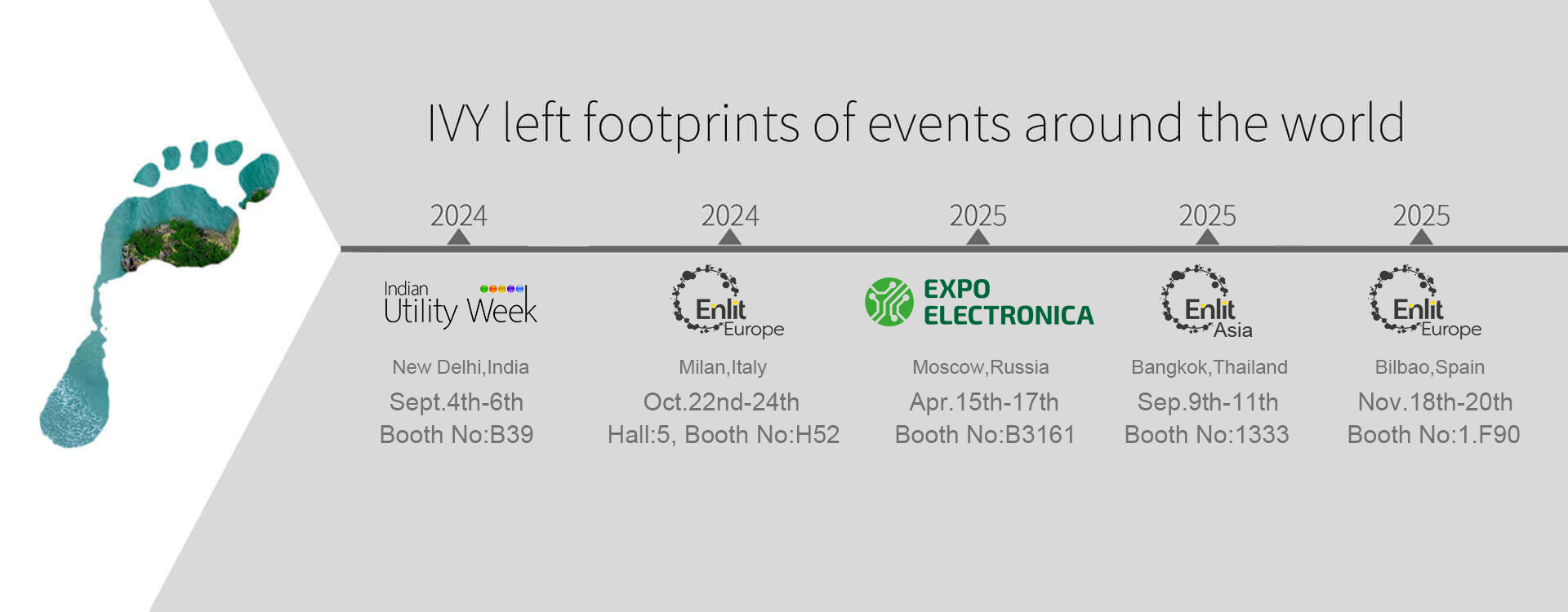Application of leakage current sensor in photovoltaic field
1.Why do photovoltaic systems generate leakage current?
The leakage current of the photovoltaic system, also known as the residual current of the square array, is essentially a common-mode current, which is caused by the existence of parasitic capacitance between the photovoltaic system and the ground. The voltage will create a common mode current on the parasitic capacitance. When a power frequency transformer is installed in the photovoltaic system, since the parasitic capacitance impedance between the transformer windings in the loop is relatively large, the common mode current generated by the common mode voltage in the loop can be suppressed to a certain extent. However, in a transformerless photovoltaic system, the loop impedance is relatively small, and the common mode voltage will form a large common mode current on the parasitic capacitance between the photovoltaic system and the ground, that is, leakage current.
2. The hazard of leakage current
The leakage current in the photovoltaic system, including the DC part and the AC part, if connected to the grid, will cause problems such as grid-connected current distortion and electromagnetic interference, which will affect the operation of the equipment in the grid; the leakage current may also make the inverter shell live , posing a threat to personal safety.
3. Standard and detection method of leakage current
According to Article 7.10.2 of the NB32004-2013 standard, the inverter should provide leakage current detection under any circumstances when the inverter is connected to the AC grid and the AC circuit breaker is closed. Leakage current detection should be able to detect the total (including DC and AC parts) RMS current, continuous residual current, if the continuous residual current exceeds the following limits, the inverter should be disconnected within 0.3s and a fault signal will be issued:
1) For inverters with rated output less than or equal to 30KVA, 300mA;
2) For inverters with rated output greater than 30KVA, 10mA/KVA.
The leakage current of photovoltaic systems has two characteristics. One is that the components are complex, including DC and AC parts. The second is that the current secondary value is very small, at the milliamp level, which requires extremely high accuracy and requires a dedicated current sensor. The Ministry of Energy The photovoltaic standard stipulates that the detection of photovoltaic leakage current must use Type B, that is, a current sensor that can measure both AC and DC leakage currents. The leakage current sensor is installed at the output interface of the inverter to the ground wire to detect the current of the ground wire output by the inverter.
Any electrical leak can be dangerous for your staff and production site. By using IVY Residual Current Device (RCD) you can protect both staff and equipment. Thanks to its zero-flux technology expertise, IVY developed a range of highly flexible Residual Current Monitor of Type B/B+ for measuring DC and AC residual currents up to 100kHz, with digital signal output.
MD series RCD is an automotive grade leakage current sensor also called residual current monitoring (RCM), residual current detection (RCD), differential current sensor, leakage current detector and fault current sensor. It has the characteristics of accurate measurement, small size and integration. The RCD sensor can be set separately for AC and DC leakage and has a digital output function. It can detect sinusoidal AC, pulsating DC, composite of multi-frequency as well as smooth DC residual currents. Widely used for electro-medical instruments, ventilation systems, inverters, UPS, Electric vehicle charging stations, lifts, escalators, welding equipment, smart home, industrial machines, elevators, IOT, photovoltaic systems. In addition, our delivery time is also guaranteed.












